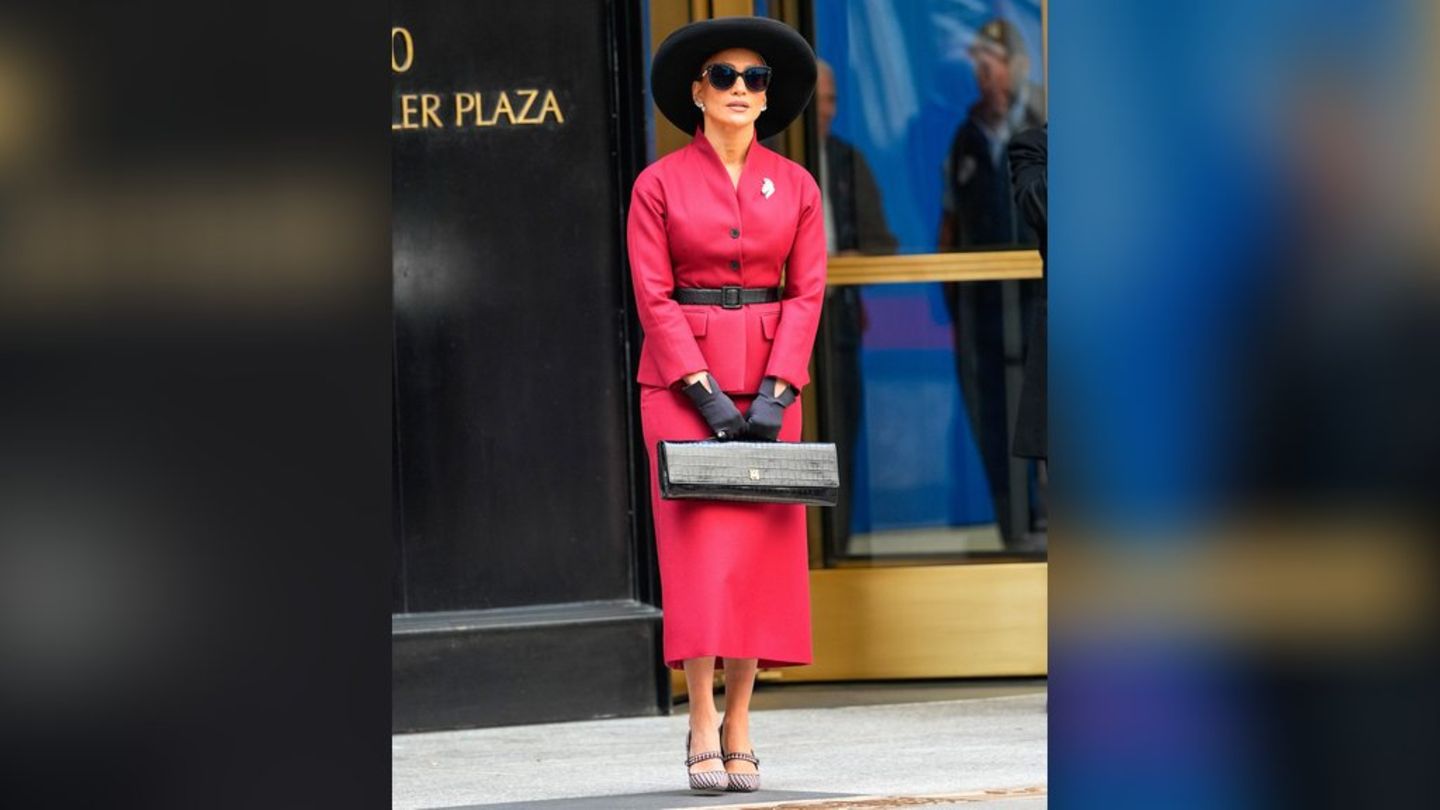In the first eight months of the year, the primary indexed expense registered a Real year -on -year rise of 19.7%while the non -indexed expense fell 11%. As a result, total primary expenditure accumulated a real increase of 2.6%”, Detailed the Iaraf. The evolution of the Indexed spending in 2026 will be key to determining The quality of fiscal adjustment that the government must implement to sustain the goal of Primary surplus of 1.5% of GDP. This item includes, among others, Retirementswhich are now updated based on the consumer price index (CPI). For example, in August 2025to be able to grant an increase Real of 7.4% In the expense adjusted by inflation, the minister Luis Caputo was forced to apply a cut Real of 17.4% About the rest of the primary expense.
The discussion will gain relevance for debate Budget because next year the government projects an inflation of 10.1% and strictly speaking, everything indicates that it can be double. Therefore, retirement spending probably grows twice as expected, which will force to deepen cuts in other areas.
In the first 8 months of the year, the Argentine Institute of Fiscal Analysis (Iaraf) “The participation of both groups so far this year It was practically equal to half of the total primary expenditure. ”
But he points out that “when analyzing the dynamics of the real -year -old percentage variation of the first eight months of the year, it is observed that Indexed spending grew significantly in virtually every month, with a peak of increase of 50% real in February. ”
Instead, to finance LUp of retirement and salaries, the government had to make strong cuts in other areas. He only uploaded something in January and in the seven months they continued had falls.
“SpecificallyIn August, indexed spending grew 7.4% interannual and non -indexed spending fell 17.3% real interannual, generating one Low of total primary expenditure of 6.4%”, The report indicates.
It is to remember that in July the Primary surplus had limited $ 1.7 billion, but there was a financial deficit of $ 168,000 million, forced the economic administration to correct the trend.
In the first eight months of the year, the primary indexed expense registered a Real year -on -year rise of 19.7%while the non -indexed expense fell 11%. As a result, total primary expenditure accumulated a real increase of 2.6%detailed the Iaraf.
The text of the budget presented by the Government is consistent with the economic cases on which it is based, that is, 5% growth with inflation to less than 1% monthly. The problem is that they are not very fulfilled.
And then, the effect on indexed items will be much higher than expected, forced to cut more in the rest. Maybe “the worst did not happen.”
Adjustment in Education, Culture and Defense
According to the Center for Political and Economic Studies (CEPEC) In the 2026 budget presented by the Government, the increase in retirement with education cuts, in universities and defense expenses is financed.
“The effort to show fiscal balance is concentrated in items that do not have Automatic indexation clauses, ”says CEPEC.
The education and culture function You will receive $ 7.74 billion in 2026, equivalent to just 0.75% of GDP, well below 6% of GDP established in the Educational Financing Law. “This constitutes a de facto elimination of said legal commitment,” says the private report.
The National Universities will receive transfers for $ 5.23 billion, When study houses themselves estimate that they will need at least $ 7.3 billion to sustain their operation. The difference, of $ 2.1 billion, is equivalent to 0.2% of GDP. Without correction, universities will face severe restrictions PARA sustain salaries, operation and research programs.
In science and technology, the allocation of $ 1.57 billion equals 0.20% of GDP, far from 1% provided for in Law 27,614. This means a setback in the financing of innovation and the national scientific system, with adverse effects on future productivity.
The National Defense also loses priority: nor the progressive execution of the FONDEF is expected, which ensured sustained investments in reequipment.
On the contrary, the budget preserves transfers to public companies and provinces. State societies will have income for $ 15.64 billion and expenses for $ 15.09 billion, throwing an operational surplus of $ 0.55 billions.
The policy towards strategic companies (energy, transport) maintains fiscal support, even when the adjustment is concentrated in human capital and knowledge.
Source: Ambito




